
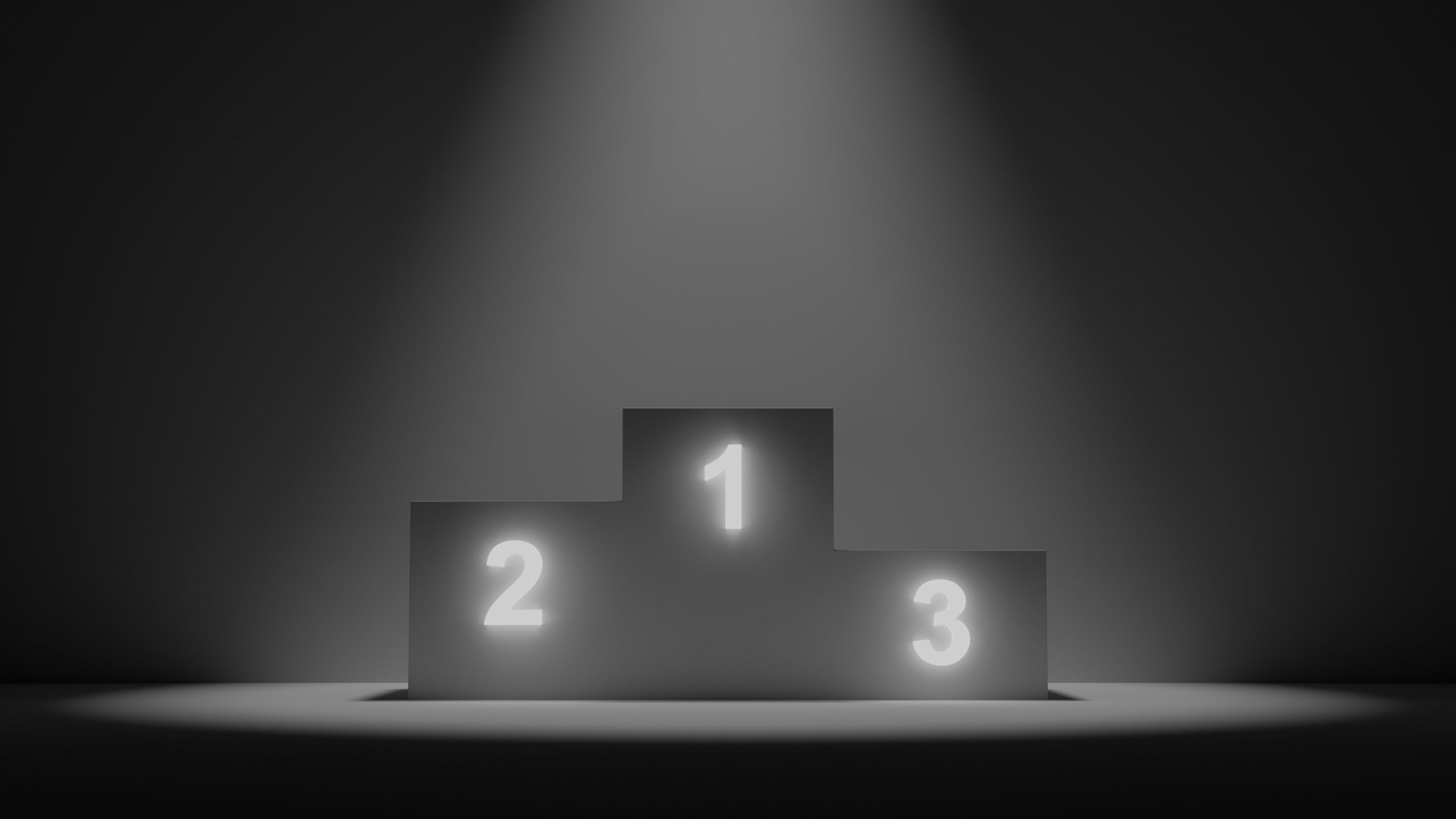
Quick Links
Quick Links
If you’re an Amazon Seller, the thought of being a best seller probably sounds pretty appealing to you. After all, who doesn’t want to be the best? However, before you embark on your best-selling journey, there are a few things you’ll want to know. Luckily for you, you’re in the right place. In this post, we’ll give you everything you need to know about Amazon Best Sellers Rank.
What is Amazon Best Sellers Rank?
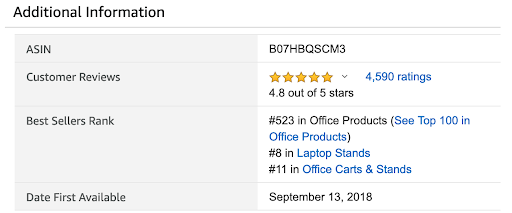
Amazon Best Sellers Rank (also known as Amazon Sales Rank, or simply BSR), is a ranking given to nearly every product that has made at least one sale on Amazon. This ranking shows how well a product is selling in various categories or sub-categories.
The lower the score, the higher the sales. A product with a Best Sellers Rank of #1 is “better” than one ranking #200.
Products will often have more than one BSR, for multiple sub-categories. For example, this product has a Best Sellers rank of #523 in “Office Products”, #8 in “Laptop Stands”, and #11 in “Office Carts & Stands”.
BSR is only given in relation to a category, so you won’t be able to see where your product ranks out of all the products on Amazon.
How Does BSR Work?
Exactly how BSR works is not known for sure. Amazon doesn’t reveal this information, as with much of what goes on behind the scenes on Amazon.com.
We do know that Best Sellers Rank represents a combination of historic sales and sales trends. The best products in terms of BSR have both a sustained history of sales, and strong recent sales.
BSR numbers are updated hourly, taking into account these changes in recent sales trends. So if you click through to the linked product in our example above, its BSR numbers will be different to the screenshot provided below the link.
It’s also believed that Amazon takes into account predictors of future success. This may be just the recent sales history, but it may also be other complexities that are part of the algorithm that determines BSR.
So, long story short, Best Sellers Rank is a cocktail of long-term sales history, recent trends, and chances for future success for your product.
How to Find Best Sellers Rank for a Product
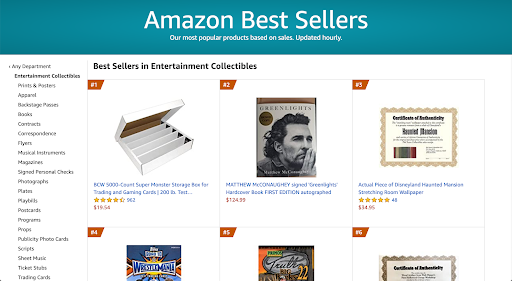
Best Sellers Rank is shown publicly on a product’s detail page. Click to the product listing, scroll down to the “Product Details” section, and it will show the current BSR ranks for that product, in the same area as the ASIN, product dimensions and UPC info.
A product may have only one BSR here, or it may have several for several different categories.
You can also find best sellers as a whole by clicking to the Amazon Best Sellers page from the navigation bar (just below the search bar).
Here you can filter by a specific department, from Amazon Devices & Accessories, to Video Games. This will give you the top 100 in BSR in various categories and sub-categories.
After clicking to a department’s best sellers page, you can filter this further by clicking on one of the subcategories on the left side of the page.
Should You Care About BSR?
We know what Best Sellers Rank is now, and we have a general idea of how it’s determined. But the big question is, how much does it matter?
In a broad sense, it matters because a better BSR correlates with higher sales. If your product has a strong BSR, it’s obviously a good thing.
A lot of people however put too much focus on Best Sellers Rank. Realistically, it’s just a vanity metric. BSR on its own means nothing. A slightly higher BSR doesn’t mean you’re going to get more sales. The only way BSR is going to bring you more visibility and more sales is if you reach the very top and get featured on an Amazon Best Sellers page.
The metrics you should be focusing on are search rank, sales and profit. These are metrics that will actually result in more money in your pocket, and are easier to control and influence than BSR.
Uses for BSR
One of the best ways to use BSR is as a sales estimator. If you have a point of reference to work from, BSR gives you a general idea of how many sales a product makes. For example, if you know that a product with a BSR rank #500 does X amount of sales per month, you can estimate how many sales a product at BSR 400 or BSR 250 may make.
This is useful for sourcing products, and deciding on new products to start selling on Amazon. Learning what one product is making in sales per month (you can also calculate profit when you’ve figured out sourcing costs), you can see what potential is there if you’re able to outrank it with your own.
BSR is the base of what sales estimator tools like Jungle Scout and Viral Launch use. They’ll combine this data with search volume statistics to give you a relatively accurate estimate of what a given product is going to sell, on average.
How to Improve Your BSR
It’s not recommended to focus too much on increasing your product’s BSR. Monitoring your BSR is a decent way to track progress, and how your products are performing against the competition. But you should focus on lead metrics – metrics that, if you improve them, will bring tangible results later (such as more sales or more profit).
BSR is not a lead metric. You’re not going to get more sales because your BSR improves. Your BSR will improve after you make more sales.
So with that in mind, the best way to improve your BSR is to increase your sales. There are no hacks or quick tricks to doing this. You need to put in the work to attract more shoppers to your product listing, and convert more of those people into customers.
Here’s a quick list of a few things that will help you sell more products, and thus improve your BSR:
- Optimize your listing for Amazon SEO
- Focus on ranking for high-volume, relevant keywords, as well as relevant long-tail keywords
- Improve your listing copy to draw more conversions
- Get more reviews from happy customers
- Drive traffic from outside Amazon (Facebook, Google)
- Set up a landing page funnel (shown below) to build an email list and enable retargeting
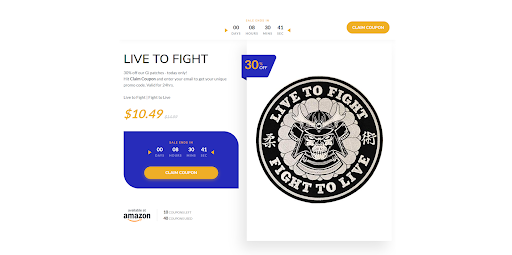
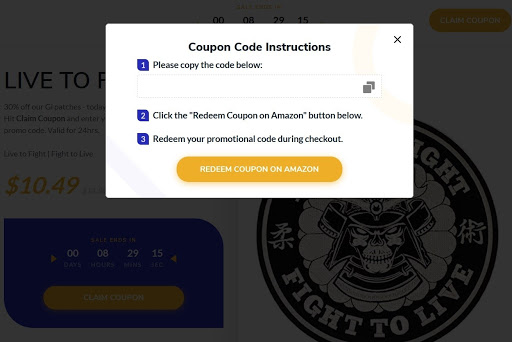
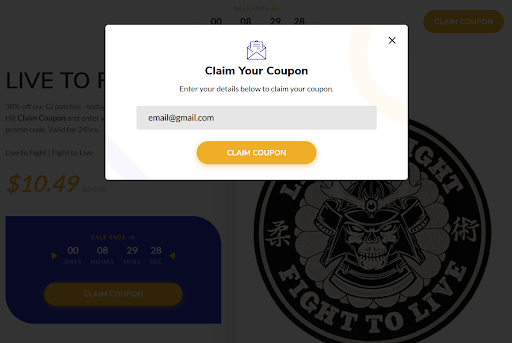
A simple landing page built to drive sales and build an email list.
Best Sellers Rank vs Search Rank
When it comes to growing your rankings on Amazon, you want to focus on search rankings, not sales rank/BSR. As we explained in the previous section, BSR is not a ranking that is going to directly lead to more visibility, sales or profit.
Search rankings, however, are a vitally important part of selling on Amazon. The meat of most Amazon sellers’ customers should be coming from organic search. If you can rank high for Amazon searches with high search volume, and high relevance to your product, you’ll get a ton of visibility in front of Amazon shoppers, basically for free.
Unlike BSR, your search rankings should lead directly to an increase in sales, due to your product appearing in front of more shoppers. As long as you have an optimized listing, search rankings should eventually translate into BSR as well, as more people buy your product.
Amazon BSR – In Summary
A lot of sellers spend their time chasing BSR. As we’ve established in this post, this is a mistake.
Best Sellers Rank on Amazon is a decent way to measure up against your competition, and to scout the demand and competitiveness of product categories you’re thinking of launching a product in. However, at the end of the day, it’s just a vanity metric.
Instead of building your strategy around increasing your BSR, focus on tangible results (sales, profit) or lead metrics (search rankings, reviews). These are going to move the needle, not BSR.
